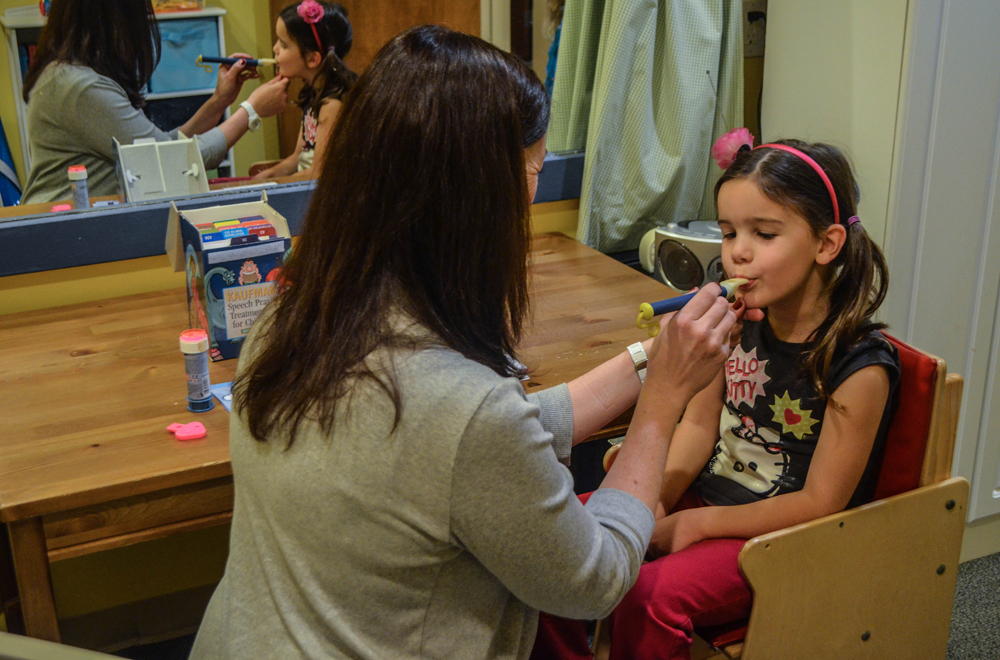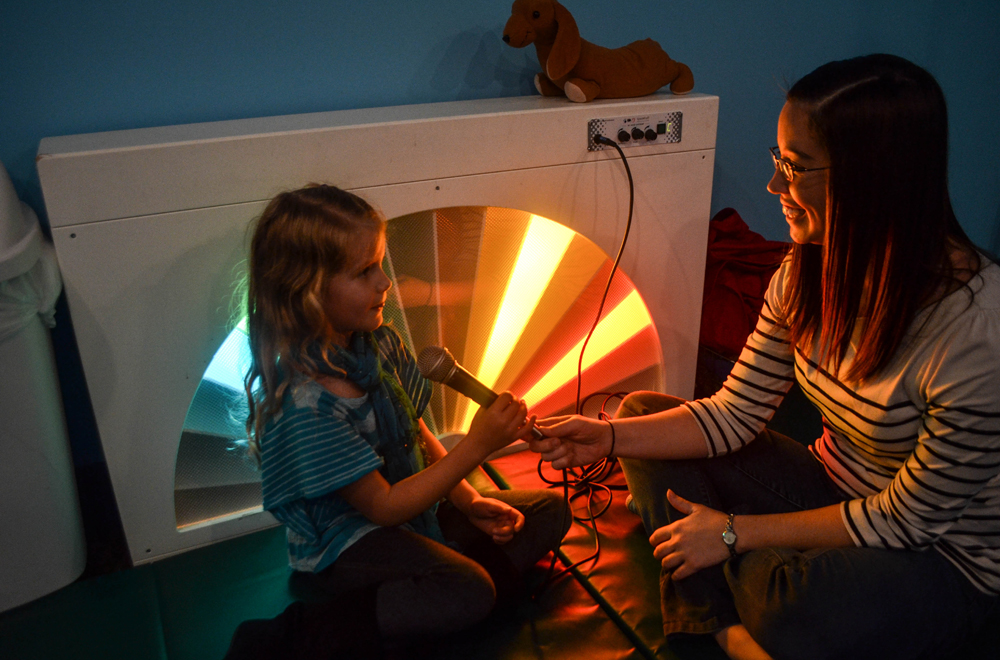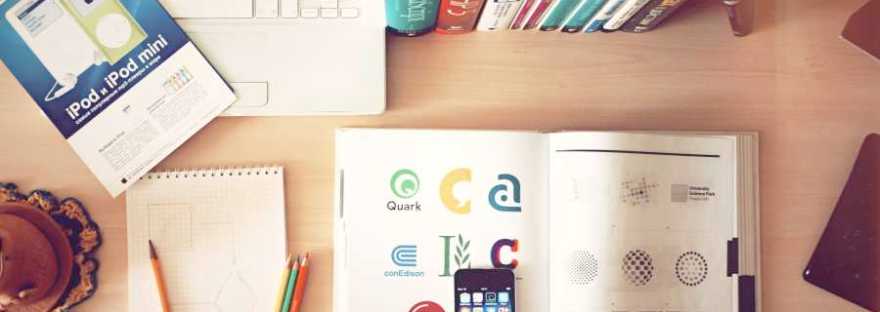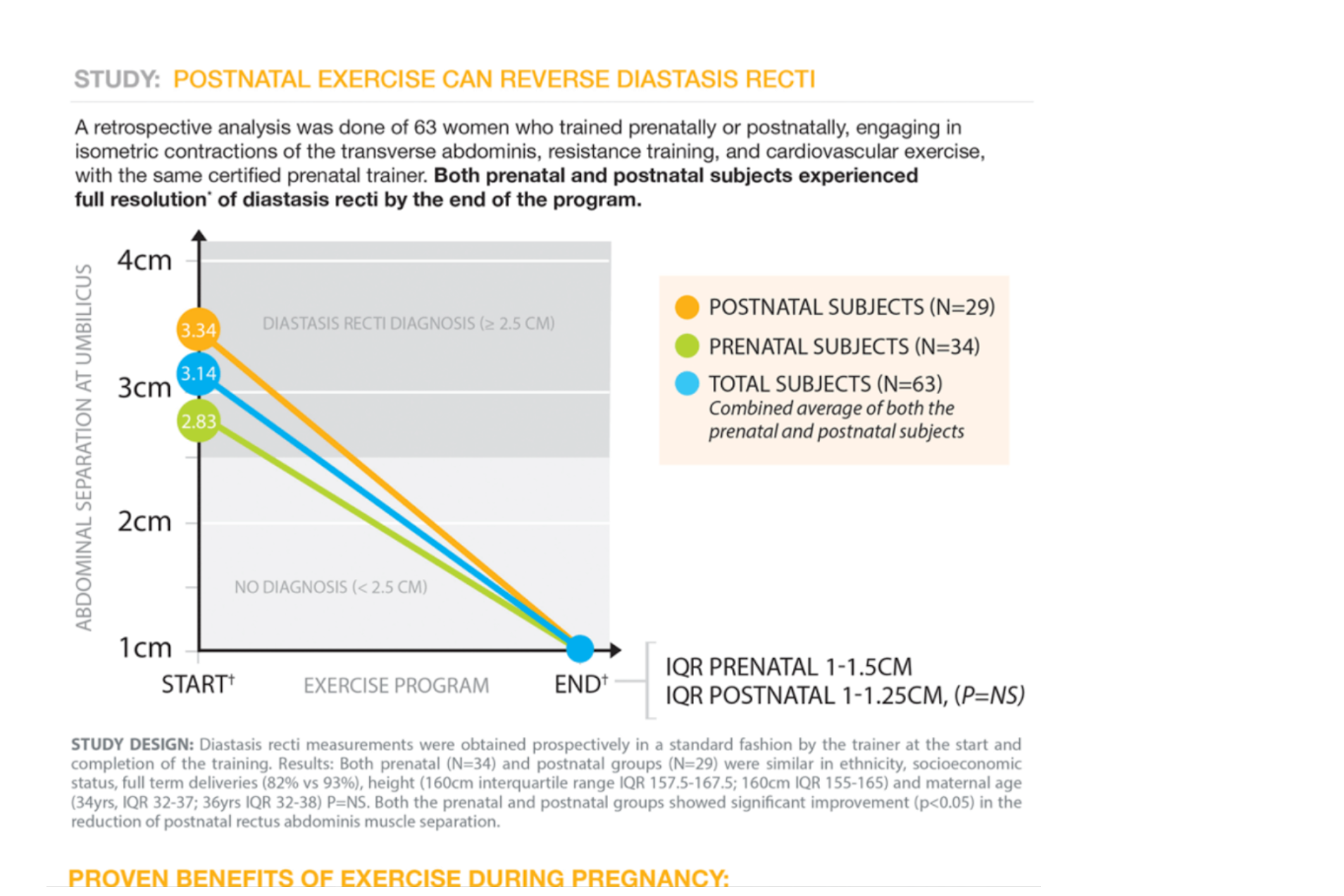
Let’s be honest we have all had that terrible Monday morning headache that absolutely ruins our mood and productivity level for the day. It seems like no matter what NSAID or over the counter medicine we take for the headache it seems to continue on relentlessly. So where can you turn to for relief when these headaches strike? This article will explain just that!
What classifies as a migraine headache?
A migraine headache is characterized by the occurrence of an intense, throbbing pain on one or sometimes both sides of the head. Most people who suffer from these types of migraines can experience very severe and debilitating types of headaches. “Most people with migraine headache feel the pain in the temples or behind one eye or ear, although any part of the head can be involved. Besides pain, migraine can also cause nausea and vomiting and sensitivity to light and sound. Some people also may see spots or flashing lights or have a temporary loss of vision.” [1] A migraine can be triggered at any particular time of the day but, they often occur predominantly in the morning. The pain caused can last anywhere from a few hours or up to one or two days. Sadly, some people get migraines once or twice a week while others experience it once or twice a year. It is more prevalent in women than in men. “About 3 out of 4 people who have migraines are women. In particular, women who are between the ages of 20-45 years old who have more job, family and social duty stress. Migraine pain and symptoms affect 29.5 million Americans.” [1] A migraine is also composed of three stages which are prodrome, aura, and attack. Prodrome is the first stage that occurs a day or two before the migraine actually starts. Symptoms include mood changes, depression to euphoria, constipation, neck stiffness, frequent yawning, food cravings, increased urination and thirst. Aura is the second stage which some people don’t experience at all. Symptoms of aura include flashes of light, issues with speech, hearing noises, music, uncontrollable jerking movements, weakness, touch and motor skills. Just about anyone is susceptible to developing these migraine headaches. “Annually about 6% of men, 4% of children and 18% of women suffer from migraine headaches.” [5]
What causes migraine headaches? [1,4]
The exact cause of the migraine is unknown. Many researchers believe that migraine is due to the abnormal changes in levels of substances that are naturally produced in the brain. When the levels of these substances increase, they can cause inflammation. This inflammation then causes blood vessels in the brain to swell and press on nearby nerves causing pain. Also possessing a family history of migraine or of disabling headache also increases your risk of having migraine headaches. Researchers do believe instead that these migraines are triggered by exposure to a combination of the following factors:
v Lack of or too much sleep
v Skipped meals
v Bright lights, loud noises or strong odors.
v Hormone changes during the menstrual cycle
v Stress and anxiety or relaxation after stress
v Weather changes
v Alcohol (red wine mostly)
v Excessive or Withdrawal of Caffeine intake
v Food that contain nitrates (ie: hot dogs and lunch meats)
v Foods that contain MSG (monosodium glutamate), a flavor enhancer heavily used in fast food, broths, seasonings, and spices
v Foods that contain tyramine (ie: aged cheese, soy products, fava beans, hard sausages, smoked fish, and Chianti Wine
v Aspartame (ie: Nutrasweet and Equal sweeteners)
It helps if you start to keep a headache diary. Every day you have a migraine headache you write down what time of day your headache started, where you were and what you were doing when the migraine started, what you ate or drank 24 hours before the attack, and the exact start and end dates of your period. These details will help your doctor pinpoint what exactly triggers your headaches.
What are the types of migraine headache? [2,3]
There are 8 types of migraine headaches.
1) Migraine with Aura (Complicated Migraine)
v About ¼ of people who experience migraine also experience aura which involves a series of sensory and visual changes that can range from seeing black dots and zig zags to tingling numbness on one side of the body, or an inability to speak clearly. Aura sets in shortly before or during a migraine, and can last anywhere from 10-30 minutes. Aura is the second of migraine’s four stages, and anyone who experiences it will confirm it is an unmistakable warning sign that the severe head pain is on its way.
2) Migraine without Aura (Common Migraine)
v Pulsing or throbbing pain on one side of the head, photophobia, phonophobia, pain that is made worse by physical activity and nausea and vomiting are all classic symptoms of migraine without Aura.
3) Silent or Acephalgic Migraine
v Also known as migraine without head pain. This type of migraine can be very alarming as you experience dizzying aura and other visual disturbances, nausea, and other phases of migraine, but no head pain. It can be triggered by any of a person’s regular triggers, and those who get them are likely to experience other types of migraine, too. The International Headache Society classifies this type as typical aura without headache.
4) Hemiplegic Migraine
v If you have ever had a migraine that felt more like a stroke, it was probably a Hemiplegic Migraine. People who experience this type of migraine develop weakness on one side of the body, often with visual aura symptoms and a “pins and needles” sensation, or loss of sensation, on one side of the body. It can last for as little as a few hours to several days. Similar to typical aura without headache, Hemiplegic Migraine doesn’t always include the severe head pain.
5) Retinal Migraine/ Ophthalmoplegic Migraine
v When a headache causes you to temporarily lose vision in one eye, it is a Retinal Migraine. Most common in women during their childbearing years, the blindness can last anywhere from a minute to months, but is usually fully reversible. This is a specific type of aura that accompanies a migraine, and it’s a condition we know very little about. What we do know is that Retinal Migraine may be a sign of a more serious issue, and those who experience it should make a point to see a specialist.
6) Chronic Migraine
v If you have a headache of more than 15 days a month, you’re probably suffering from chronic migraine. Many of the days often feel like typical migraine, but there may be considerable variability in the severity of the symptoms and head pain on any given day. Some days patients may mistake the pain for a “tension-headache” or “sinus headache” if the pain is less severe. Many patients with chronic migraine also use acute headache pain medications on more than 10-15 days per month, and this can actually lead to even more frequent headache.
7) Vestibular Migraine
v Vestibular Migraine or Migraine Association Vertigo (MAV) is a disorder which involves a problem with the coordination of the sensory information sent to your brain from the eyes, muscles & bones, and the vestibular organs inside the ears. Nearly 40% of all migraine sufferers experience some vestibular symptoms during their lifetime, such as dizziness, sensitivity to light/sound and stiffness of the neck, however, people who suffer from vestibular migraine specifically, experience a whole gamut of other symptoms, including, but not limited to; Severe dizziness,Vertigo, Other motion problems in the head, eyes or body, Diminished eye focus, Photo-sensitivity (light), Phono-sensitivity (sound), Tinnitus, Nausea and vomiting, Ataxia (loss of control over bodily movement), Neck pain, Muscle spasms in the upper spine area, Confusion, Disorientation ,Anxiety/panic.
8) Basilar Migraine
v Basilar migraine is a rare form of migraine that includes symptoms such as loss of balance, double vision, blurred vision, difficulty in speaking and fainting. During the headache, some people lose consciousness. These are very frightening sensations for the migraine sufferer, and often people describe the feeling of terror and fear that they are about to suffer a stroke. Basilar migraine occurs when the circulation in the back of the brain or neck is affected. It usually affects young women but is sometimes seen in children too. “The migraine in children is generally shorter in duration than in adults with less pronounced symptoms like cyclic vomiting, abdominal symptoms or paroxysmal vertigo rather than head pain” [5]
How are migraines diagnosed? [4]
You will have to consult with a neurologist who specializes in diagnosing migraine headaches. The doctor will also order a blood test to show if there is any infection in the patient’s brain or spinal cord, if there are toxins in the system or if there are any blood pressure problems. An MRI will be used to detect for the presence of tumors, stroke, infection, bleeding in the brain, and other brain abnormalities. A CT scan detects the same things the MRI can just displayed in a cross-sectional view. A spinal tap may be ordered if they suspect bleeding in the brain, infection or another underlying problem.
What are my treatment options?
1) Pharmacological Management [5]
v Serotonin 5HT1B/D agonists (triptans) are the first line therapy for those who suffer from moderate to severe disability. Other triptans are rizatriptan, zolmitriptan, sumatriptan, naratriptan and frovatriptan.
v Ergots, dihydroergotamine, butalbital-containing analgesics or other analgesic combinations, isometheptene mucate, NSAIDS, and opoids
v Prophylactic Medication: Beta Blockers, Tricyclic Antidepressants, Antiepileptic Drugs, Calcium Channel Blockers.
2) Surgical Management
v Surgical removal of the corrugator supercilia muscles, transection of the zygomaticotemporal branch of the trigeminal nerve, and temple soft tissue repositioning along with injection of 25 units of Botulinum Toxin type A (Botox) have been proven to decrease pain.
3) Physical Therapy- Conservative treatment
v A physical therapist will evaluate and thoroughly examine you to determine what type of migraine headache you have based on your signs and symptoms. They will then develop a personalized exercise program that will help alleviate and diminish reoccurrence of your symptoms. A physical therapy treatment plan will include general strengthening, stretching, habituation exercises, balance and gait training.
Research of Physical therapy Patient outcomes [6]
39 patients who suffered from chronic and vestibular type migraine headaches were treated with a custom designed physical therapy exercise program of 5 visits over 4 months. Certain tests and measures were used to chart improvement and decrease in incidence of falls. After performing specific stretching, strengthening, balance and gait training activities the patient scores significantly reduced thereby leading to a 78% decrease in falls and occurrence of severe dizziness.
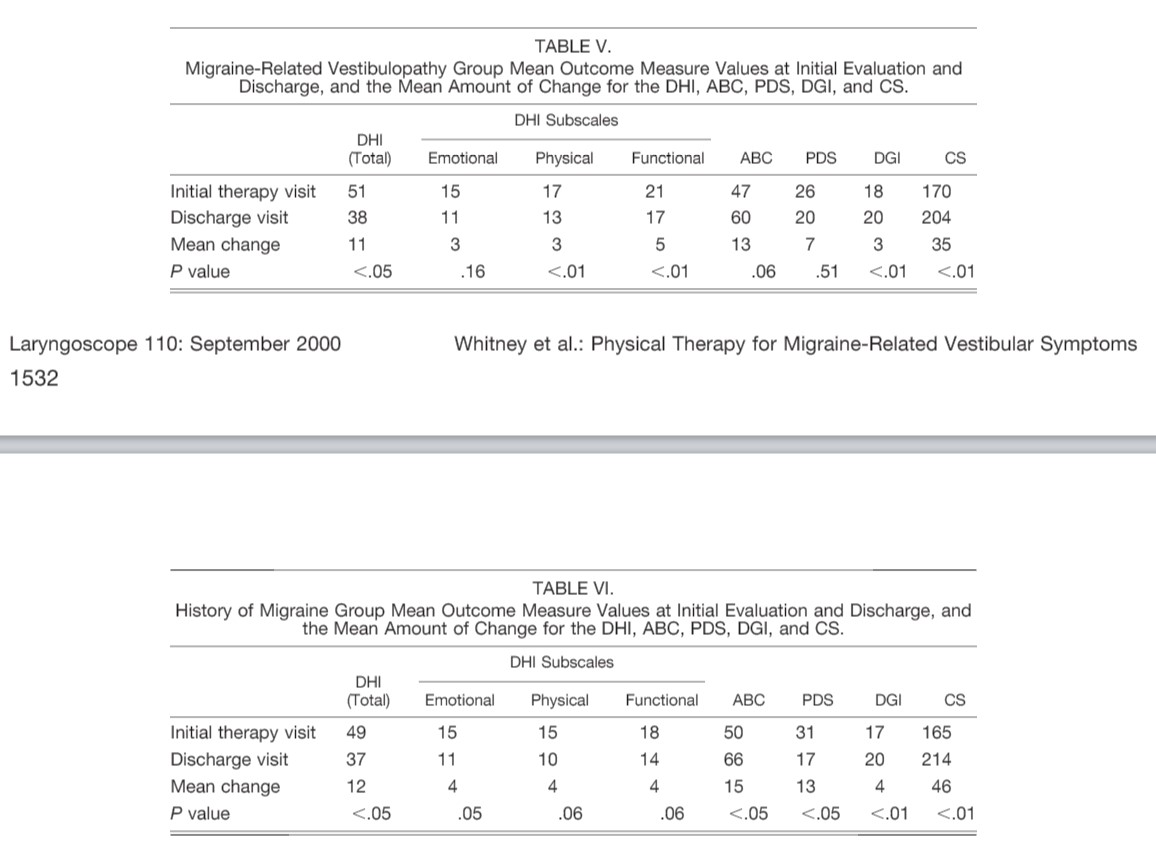
Physical therapy management [7]
v Stretching of the Pericranial muscles such as the suboccipital and paraspinal muscles
v Manual therapy/ Spinal Manipulation
v Modalities (Cold packs)
v Exercise
v Thermal Biofeedback and Neurofeedback- Neurofeedback is the use of frequency-based biofeedback that uses an EEG to give clients information about their brainwaves and subtly teaches people how to alter their brainwave activity eventually helping them to abort migraines independently. This helps the patients to self-regulate and reduce muscle tension, slow the rate of breathing, and warm their hands and forehead.
v Relaxation techniques
v Massage therapy
xoxo S
Bibliography
1) Goadsby, P., & Hutchinson, S. (2017). Migraine. womenshealth.gov. Retrieved 25 January 2018, from https://www.womenshealth.gov/a-z-topics/migraine
2) What type of headache do you have? Different migraines and headaches. (2017). American Migraine Foundation. Retrieved 25 January 2018, from https://americanmigrainefoundation.org/understanding-migraine/what-type-of-headache-do-you-have/
3) Types of Migraine. (2015). The Migraine Association of Ireland. Retrieved 25 January 2018, from http://www.migraine.ie/types-of-migraine/
4) Migraine Headaches 101: Common Symptoms, Causes, and Treatment. (2018). QuickcareorER.com. Retrieved 25 January 2018, from http://quickcareorer.com/migraine-headaches-causes-treatment/
5) Mueller, L. (2007). Diagnosing and Managing Migraine Headache. Journal Of The American Osteopathic Association, 107(11), 10-16. http://dx.doi.org/10.1002
6) Whitney, S., Wrisley, D., Brown, K., & Furman, J. (2000). Physical Therapy for Migraine-Related Vestibulopathy and Vestibular Dysfunction With History of Migraine. The Laryngoscope, 110(9), 1528-1534. http://dx.doi.org/10.1097/00005537-200009000-00022
7) Migraine Headache. (2017). Physiopedia. Retrieved 25 January 2018, from https://www.physio-pedia.com/Migraine_Headache





